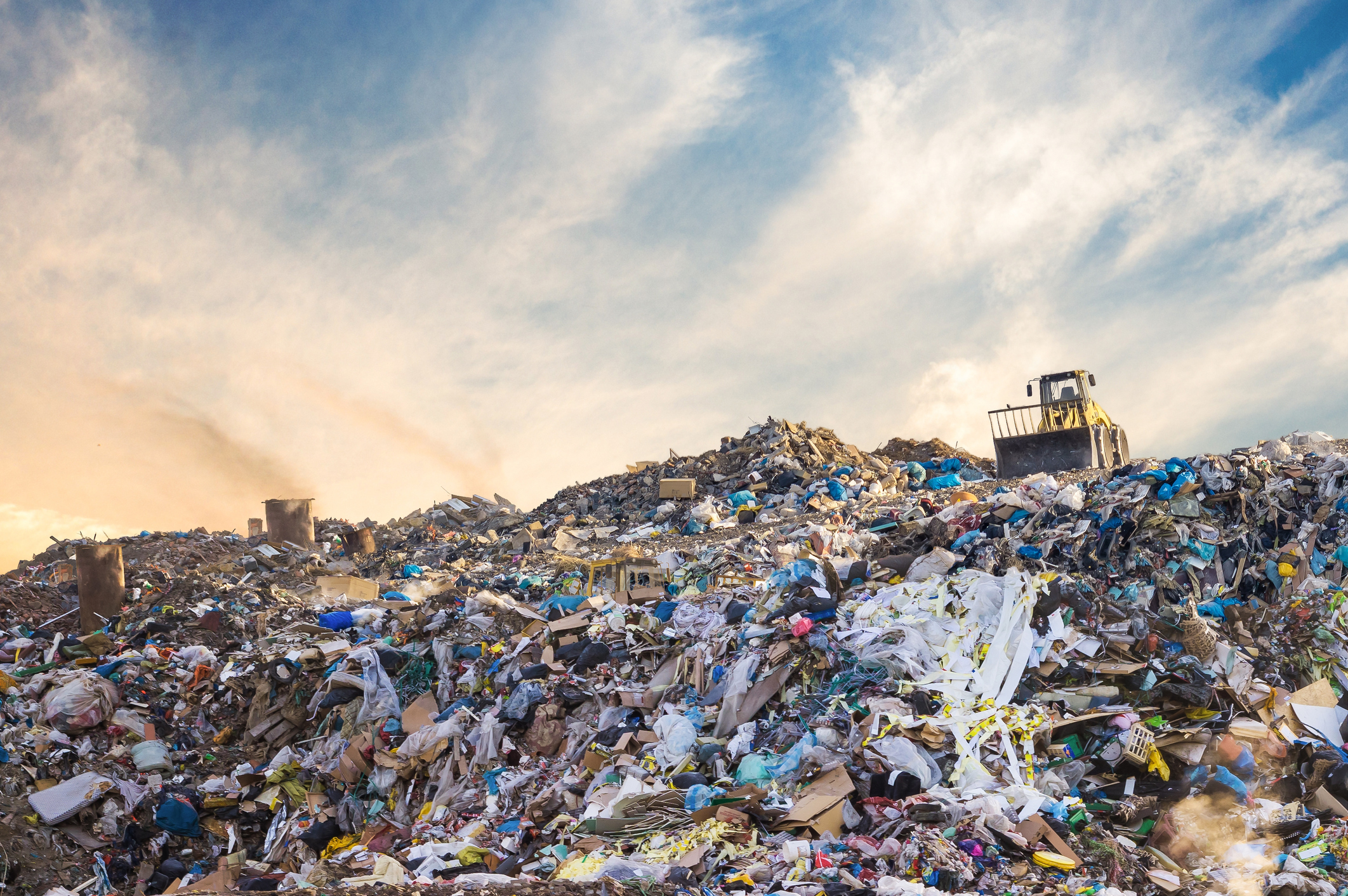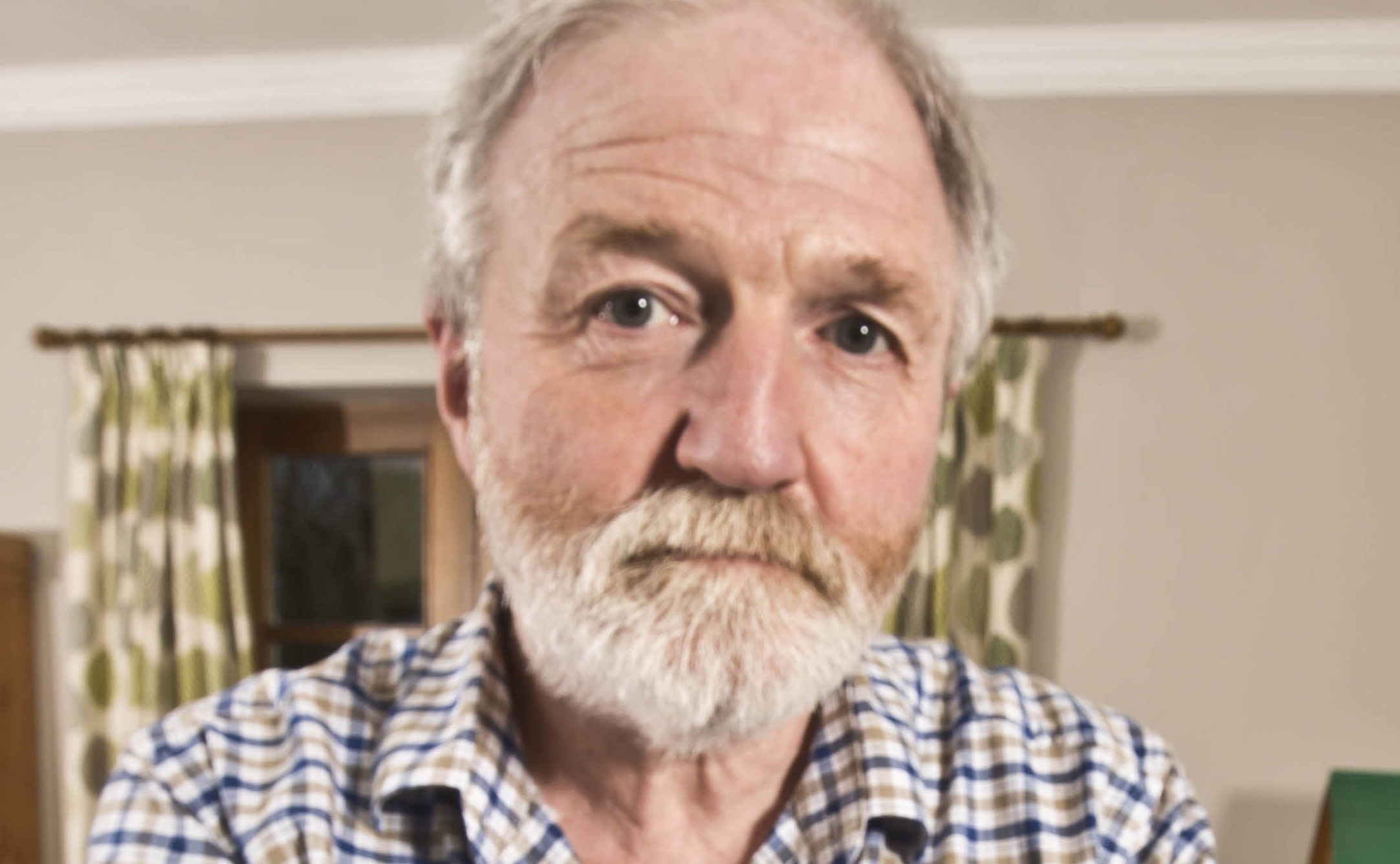
CLOTHES pulled from the ground after 30 years that could be washed and worn again.
Spillages released by tidal surges that are making coastal areas “toxic time bombs”.
Mountains of rubbish that will outlast the people who dumped it by 1,000 years.
And, somewhere among it all, the creation of new life that could potentially help deal with the tidal wave of plastic in which the planet is drowning.
These are just some of the findings by a scientist who has, literally, dug into our past by excavating the nation’s landfill sites.
The discoveries left Dr George McGavin despairing and convinced that – with 20,000 such sites pre-dating tighter regulation – we must change our wasteful ways before it’s too late.
George, a Scot now working at Oxford University, conducted historical digs at old sites as well as being given unprecedented access to a site burying Edinburgh’s rubbish.
“The one from the Victorian landfill in the 1880s was full of earthenware and glass, inert materials,” said George, who was making new BBC programme The Secret Life of Landfill.
“That Victorian era was really the start of us being a throwaway society. By the time we looked at a site sealed up in the 1980s the changes were shocking. Virtually nothing of the metres of compressed waste had decayed at all. Clothing materials like Terylene and Rayon don’t rot and newspapers, which you’d expect to have gone to mush, were so intact I could peel pages apart and clearly read them.”
Landfills near our coast, like one examined on the Thames Estuary, are proving a headache for another reason.
“They are at risk of being washed away because of high tides and storms,” he said.
“We didn’t have to excavate because the sea is doing that. We found waste with cadmium, arsenic, zinc and asbestos.
“What is leaking out is horrendous. There were eye-boggling levels of toxins. Quite a few of these sites all around our coastline are now toxic time bombs.
“You wouldn’t want to be anywhere near them.”
But the most intensive analysis of a current site near Dunbar left George, presenter of a host of TV shows including Lost Lands, overwhelmed by the sheer volume of waste thrown away on a daily basis.
While he found the site to be excellently run and using state-of-the-art procedures, it was the quantity of rubbish that stunned him.
Experts say we each throw away between 30 and 40 tonnes in our lifetime and from the Edinburgh area alone that added up to eight million cubic metres of waste at the site.
“It is literally a hillside now and the awful thing is how it has accumulated.
“I grew up in Edinburgh in the 1950s and there would have been material which was thrown out by our household which was still lying at the bottom of this. We all leave our bins out and when it’s emptied we think it’s gone away. Well, it hasn’t gone ‘away’, it still exists in the environment.
“And 50, 100, 1,000 years after you die, the stuff you had collected is still around. It might not be in your garden or back yard but it is in someone else’s.”
As well as digging into mountains of rubbish, George was involved in scientific analysis of the liquids found as a consequence of decomposition.
Of 3,841 DNA fragments analysed, only 700 were from organisms that had been identified meaning that 3,141 were from unclassified life forms.
“We don’t know anything about them at all,” said George. “In Japan, they have found a bacteria which digests plastic. So, it would be great if, among the unknown organisms, we might find some that hold the key to breaking down waste.”
There is also the prospect of mining landfill sites for valuables, such as buried mobile phones. To mine for 1gm of gold traditionally requires a ton of gold ore, but that can be extracted in just 40 smartphones.
With two thirds of plastic food trays effectively unrecyclable, the waste mountain is a problem that shows no immediate signs of reducing.
Although he was already a keen recycler, the sobering reality of what he saw made George redouble his efforts.
Definitely off his household purchases were foodstuffs in black trays that can’t be seen by modern optical scanners in recycling plants, meaning they just go to landfill, and takeaway coffee cups.
However, the latest report from the Scottish Environment Protection Agency (Sepa) hailed a milestone earlier this year.
Their figures showed that recycling and reuse levels reached 6.96 million tonnes in 2016. That was over half a million tonnes more than 2015 and more than 60% of waste in Scotland was recycled, composted or re-used.
The amount of waste going to landfill was the lowest since 2011.
But while the Scottish Government said the figures showed they were on course to hit their 70% target by 2025, the challenge facing the country can’t be underplayed.
Sepa chief executive Terry A’Hearn said: “The scale of the environmental challenge is enormous and we know we live on one planet, but consume the resources of three.”
And George says the headlong rush to disposable consumerism has been astonishing.
“In 60 years, waste evolved faster than the previous 2000 years,” he added.
“What we now know about previous cultures is largely based on what they left behind.
“We can change things, but I fear that archaeologists in the future will rake through our mountains of rubbish and say, ‘My God, what were they thinking?’”
The Secret Life of Landfill: A Rubbish History is on BBC4 this month

Enjoy the convenience of having The Sunday Post delivered as a digital ePaper straight to your smartphone, tablet or computer.
Subscribe for only £5.49 a month and enjoy all the benefits of the printed paper as a digital replica.
Subscribe